The Mystery of Stonehenge Rocks
What Was It Used For ?

Stonehenge history
Located in Wiltshire County, England, the Stonehenge site is a megalithic structure whose construction would've begun during the Neolithic period, around 2 800 BC, and would've finished at the end of the Bronze Age, around the year 1 100 BC. All in all, the Stonehenge site has around a hundred gigantic stones arranged so as to create a circular pen on the Salisbury Plain Plateau. The Stonehenge rocks are a very popular attraction of the British Isles and as much as many hundreds of thousands of tourists come to England each year to visit the monument.
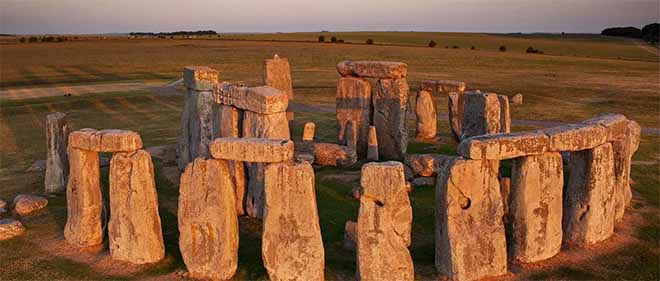
Stonehenge purpose theories
The site is one of the most mysterious on the planet since neither Stonehenge builders nor its purpose are known. Theories about Stonehenge purpose are as varied as opinions: vestiges of an ancient civilization, sacrificial site, astronomical tool, burial mound, place of communication with a form of extraterrestrial life, religious and therapeutic sanctuary... Nowadays, most people agree that the Stonehenge rocks were built and aligned to fit astronomical patterns.
Stonehenge builders
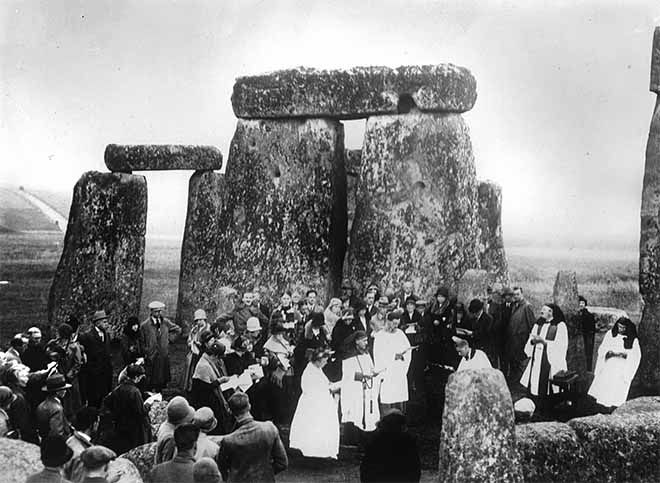
During the 17th century, an archaeologist by the name of John Aubrey made the plausible assumption that the Stonehenge rocks had been erected by former Celtic priests, druids, who gathered there during ceremonial rites at different times of the year. However, this theory is contradicted by modern carbon dating pushing the age of the site to more than 1,000 years before the arrival of the first Celts. Historians and archaeologists are more of the opinion that the Stonehenge monument is the work of several tribes and that the construction was done in several distinct phases, which some tools and artefacts found at Salisbury Plain tend to confirm.
An astronomical tool ?
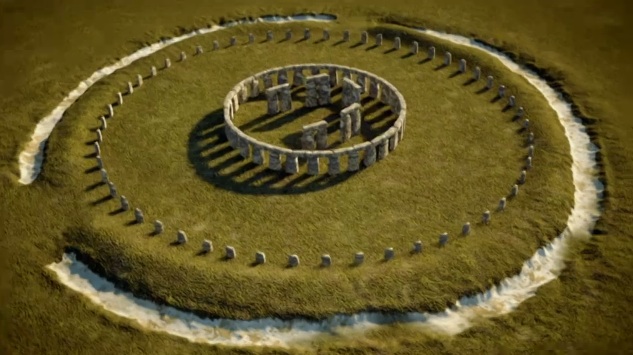
According to Gerald Hawkins, who has done a lot of work in Stonehenge Decoded in 1963, the Stonehenge site may be an old astronomical calculator. Based on the interpretation of the 56 chalk pits ring surrounding the Stonehenge stones and referenced as aubrey holes, Hawkins hypothesize that the megalithic monument would have been used to predict eclipses, both lunar and solar. Other researchers, however, reject this hypothesis and maintain that knowledge of astronomy at that time did not allow for the development of such structures.
Rather a burial mound
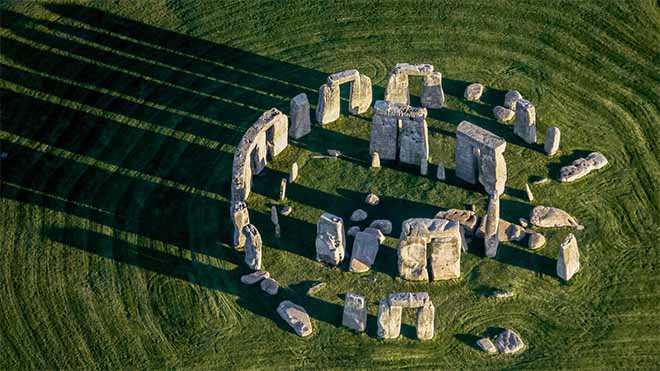
The most convincing current theory comes from the French archaeologist and architect Didier Laroche who thinks that the Stonehenge site is actually a simple burial mound as it was commonly found in Great Britain during the Neolithic period. Although only one body, that of the Stonehenge Archer, has been found in Salisbury Plain, some researchers estimate that more than 200 individuals are buried on the site.
What if Stonehenge was a therapeutic sanctuary for pilgrims ?
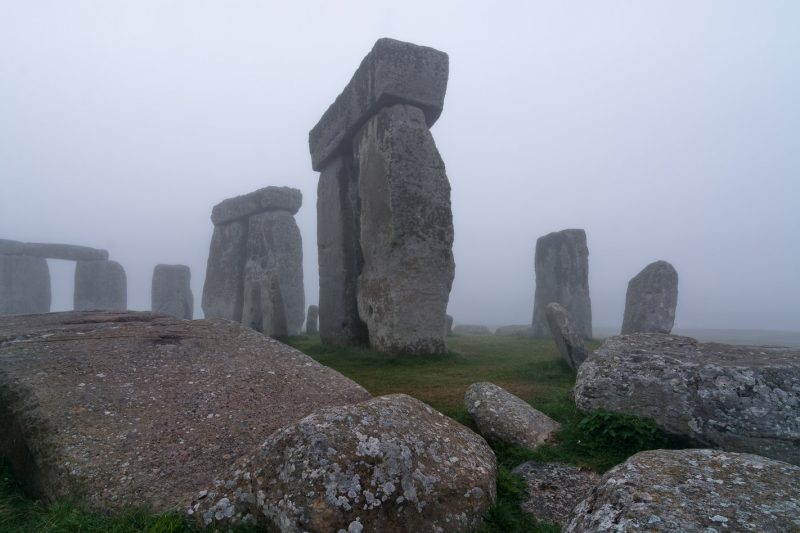
More recently, in the early 2000s, two researchers speculated that the Stonehenge rocks would've been used as a therapeutic sanctuary for pilgrims after discovering the graves of diseased individuals. Stonehenge stones, called bluestones, had according to them curative virtues for the wounded and the sick.









































































































































































































































































































































